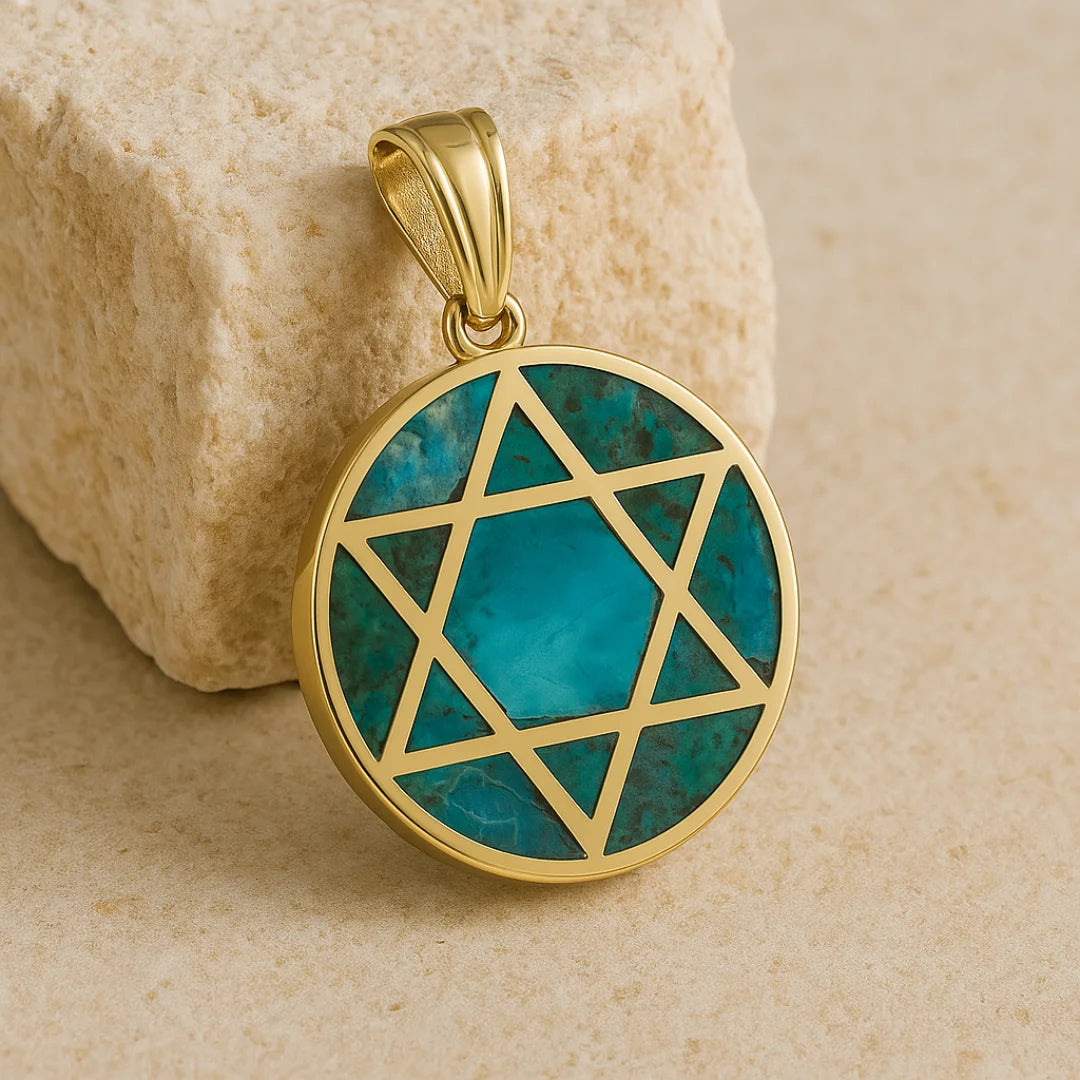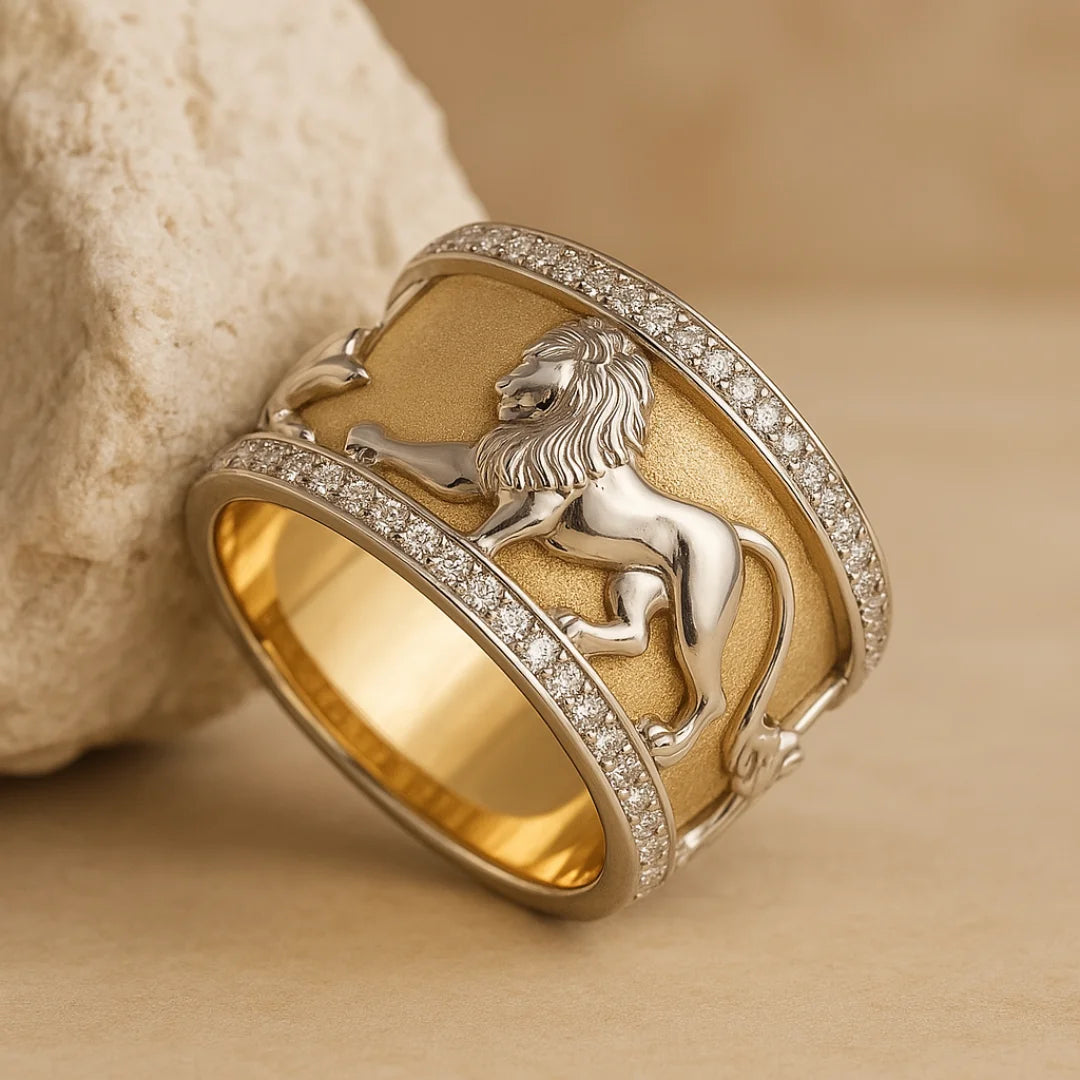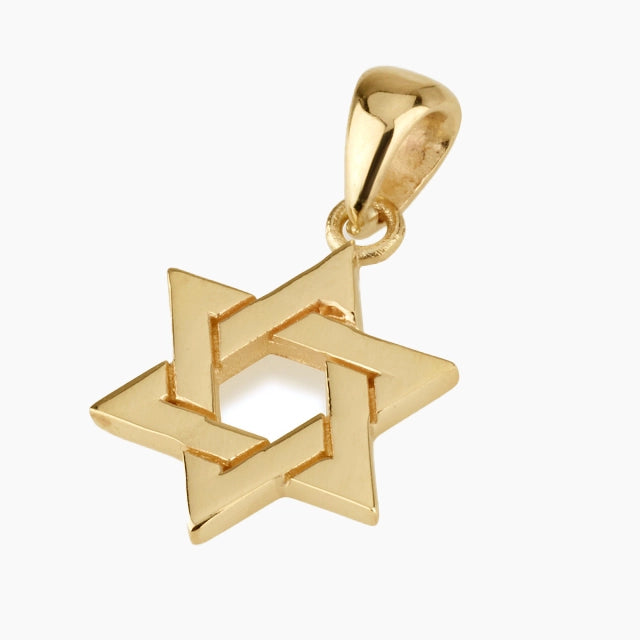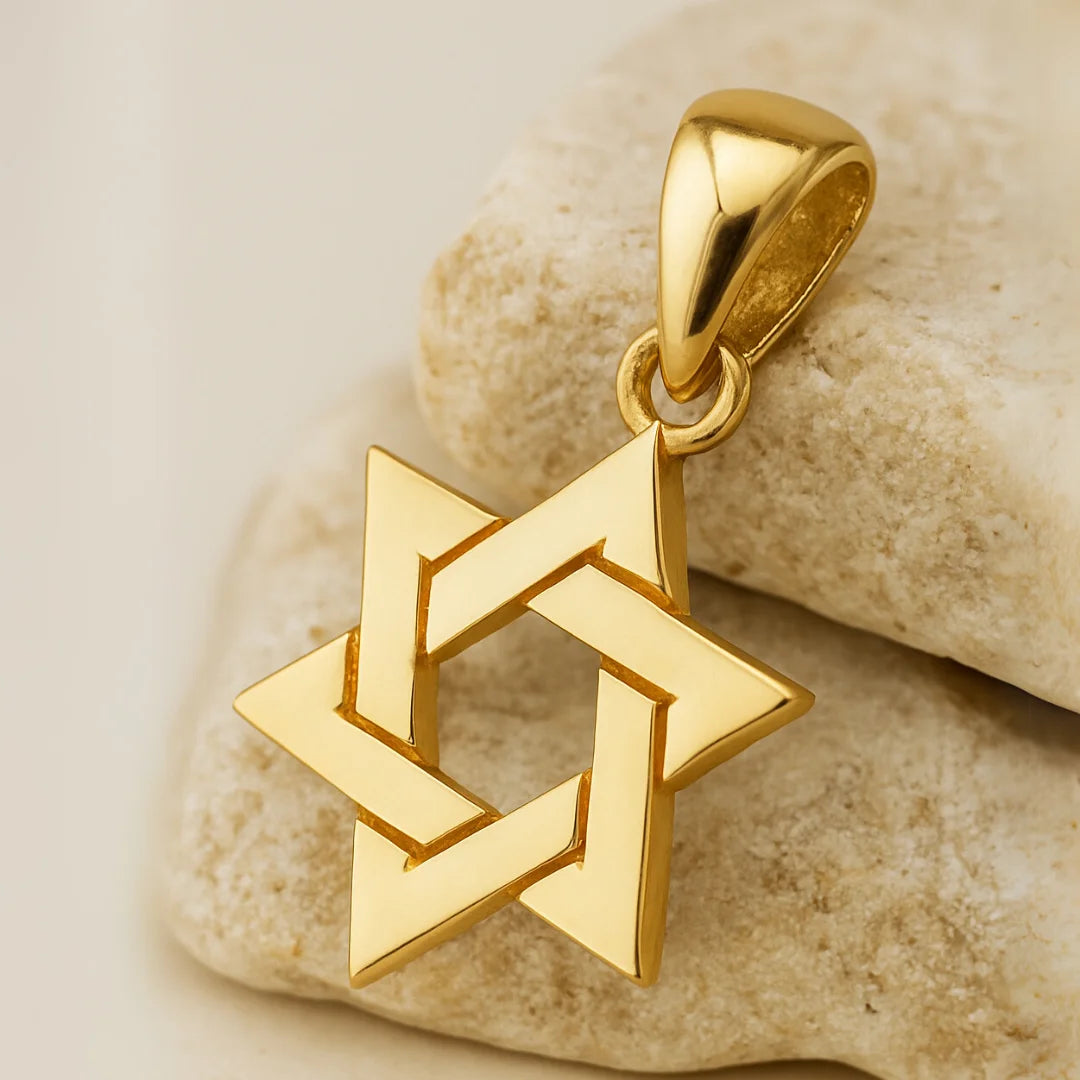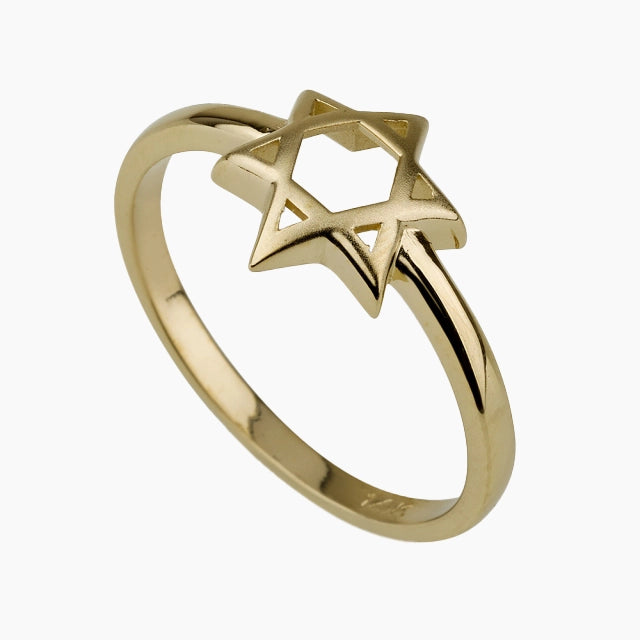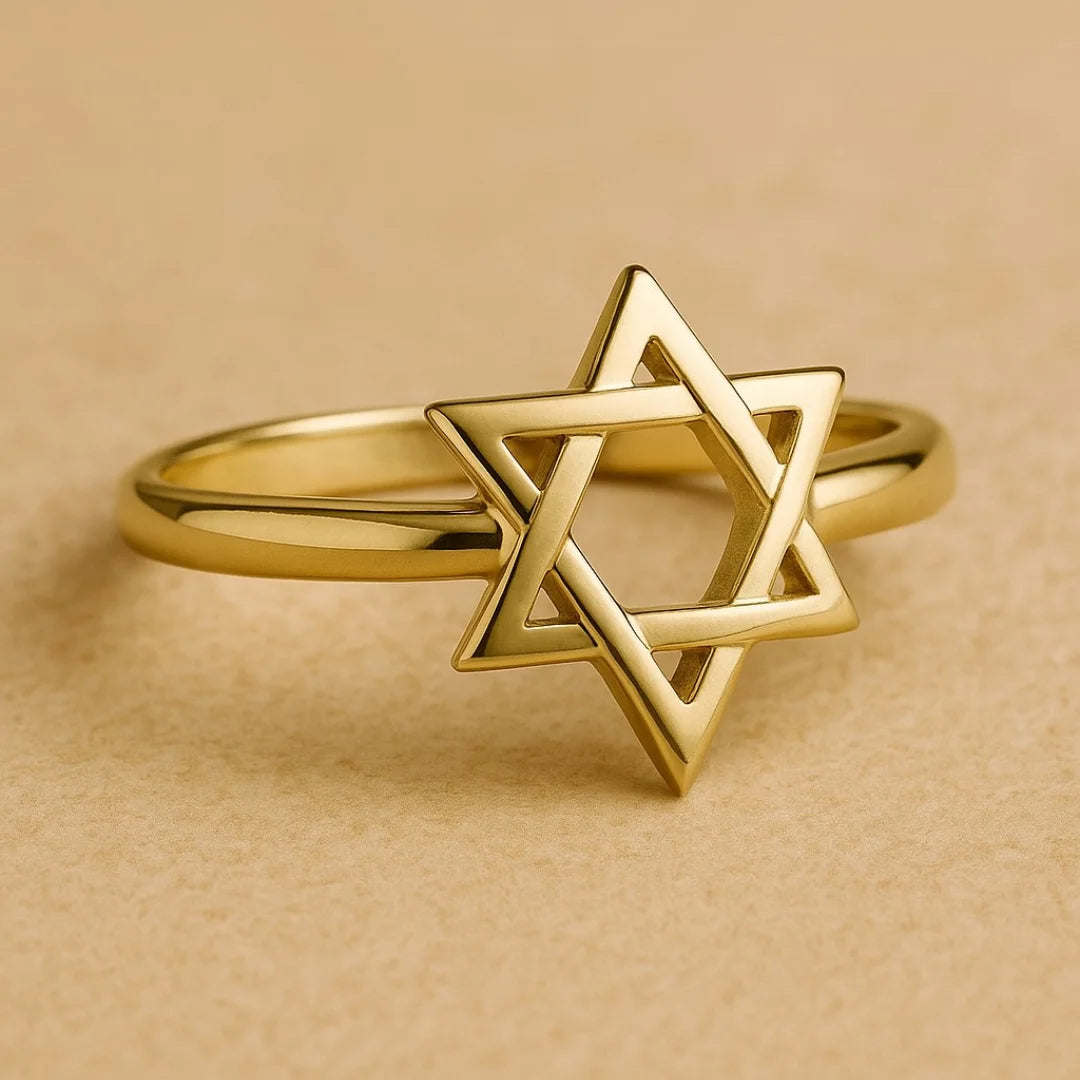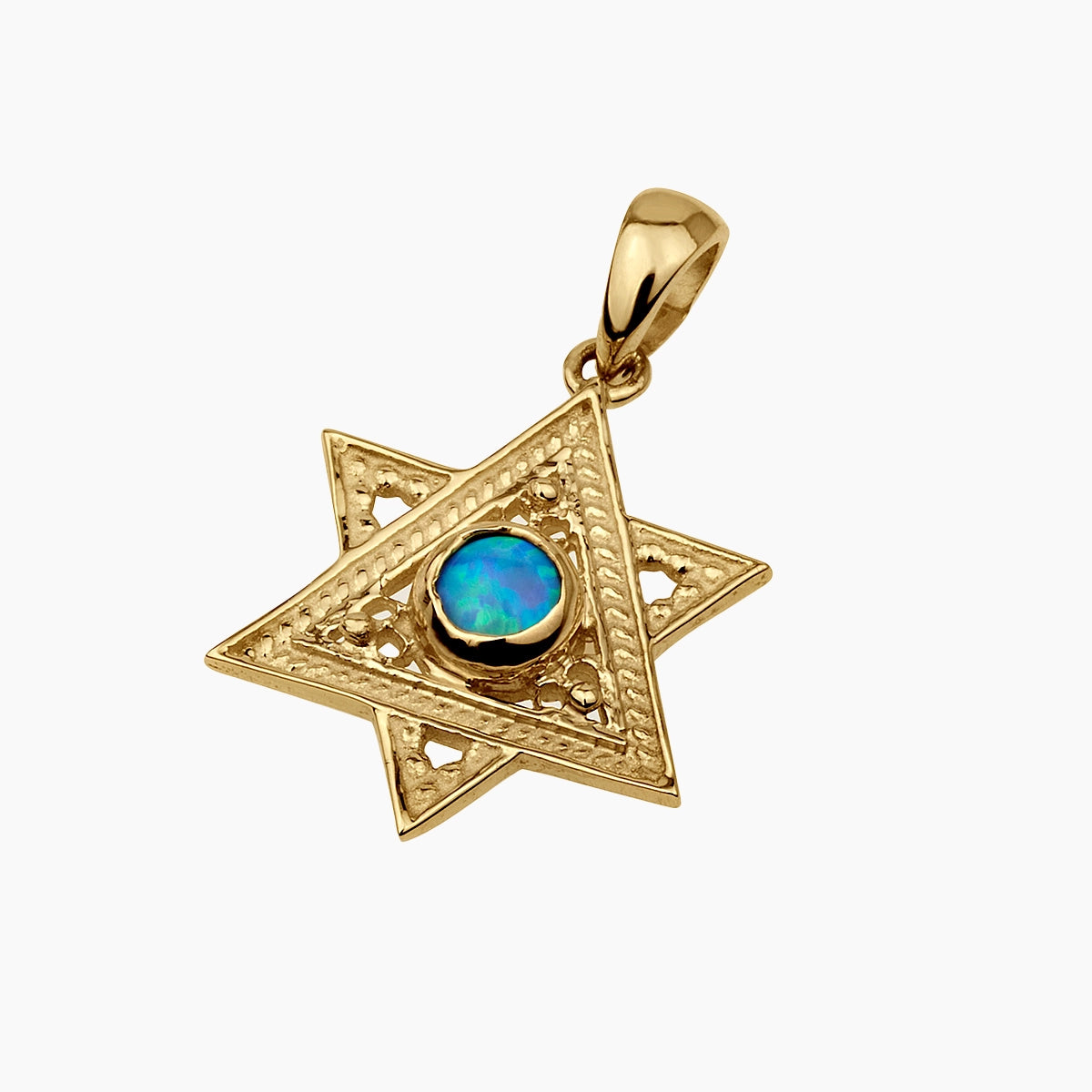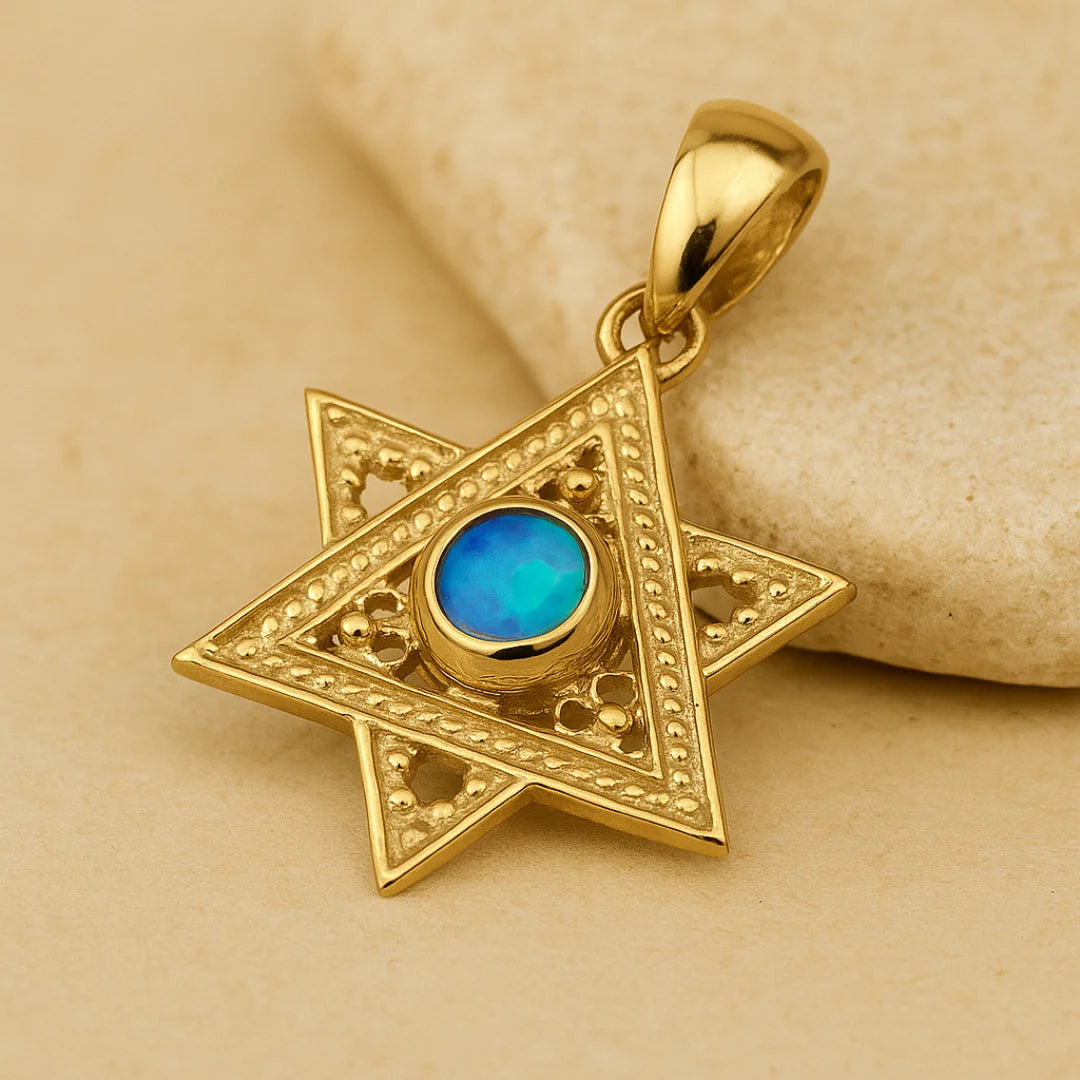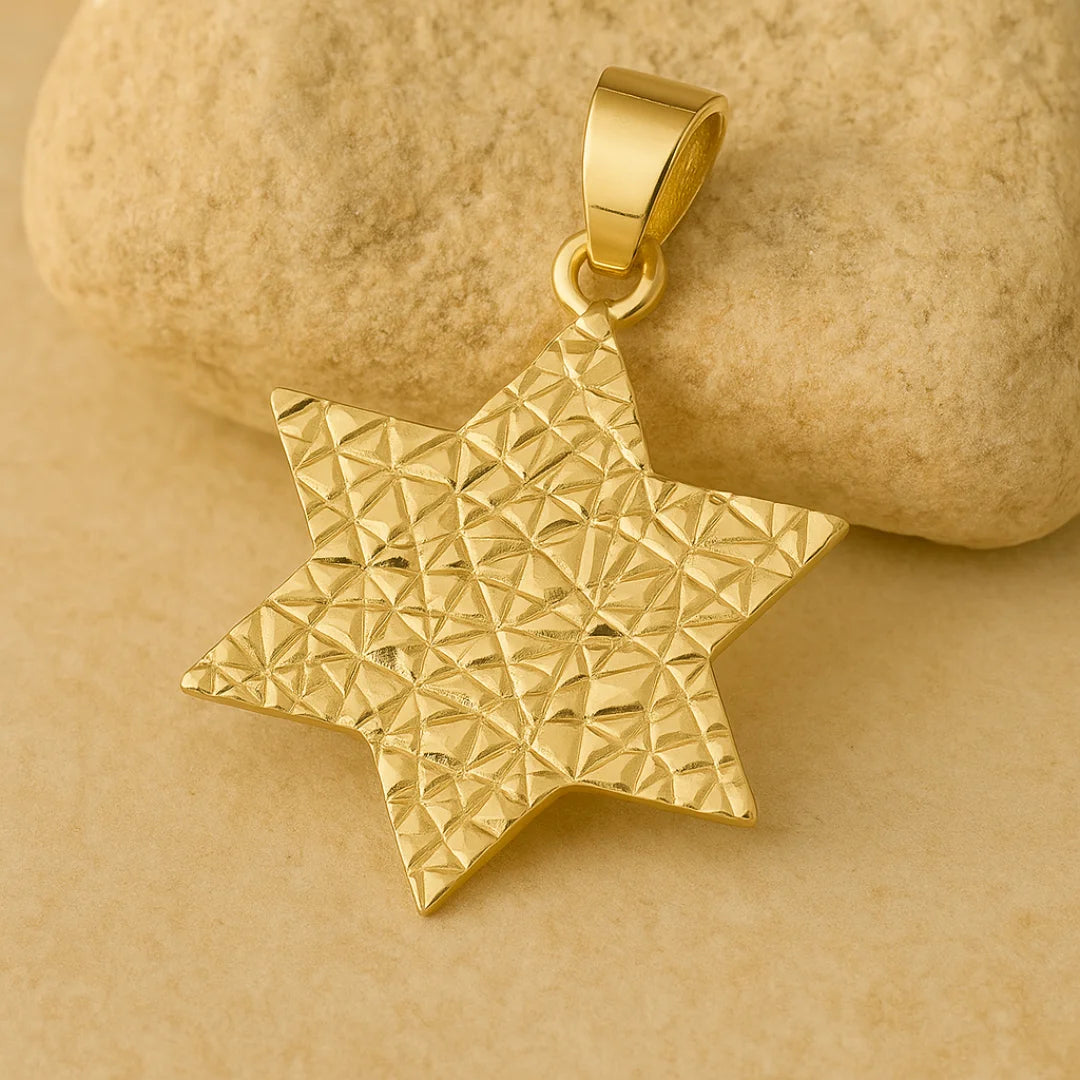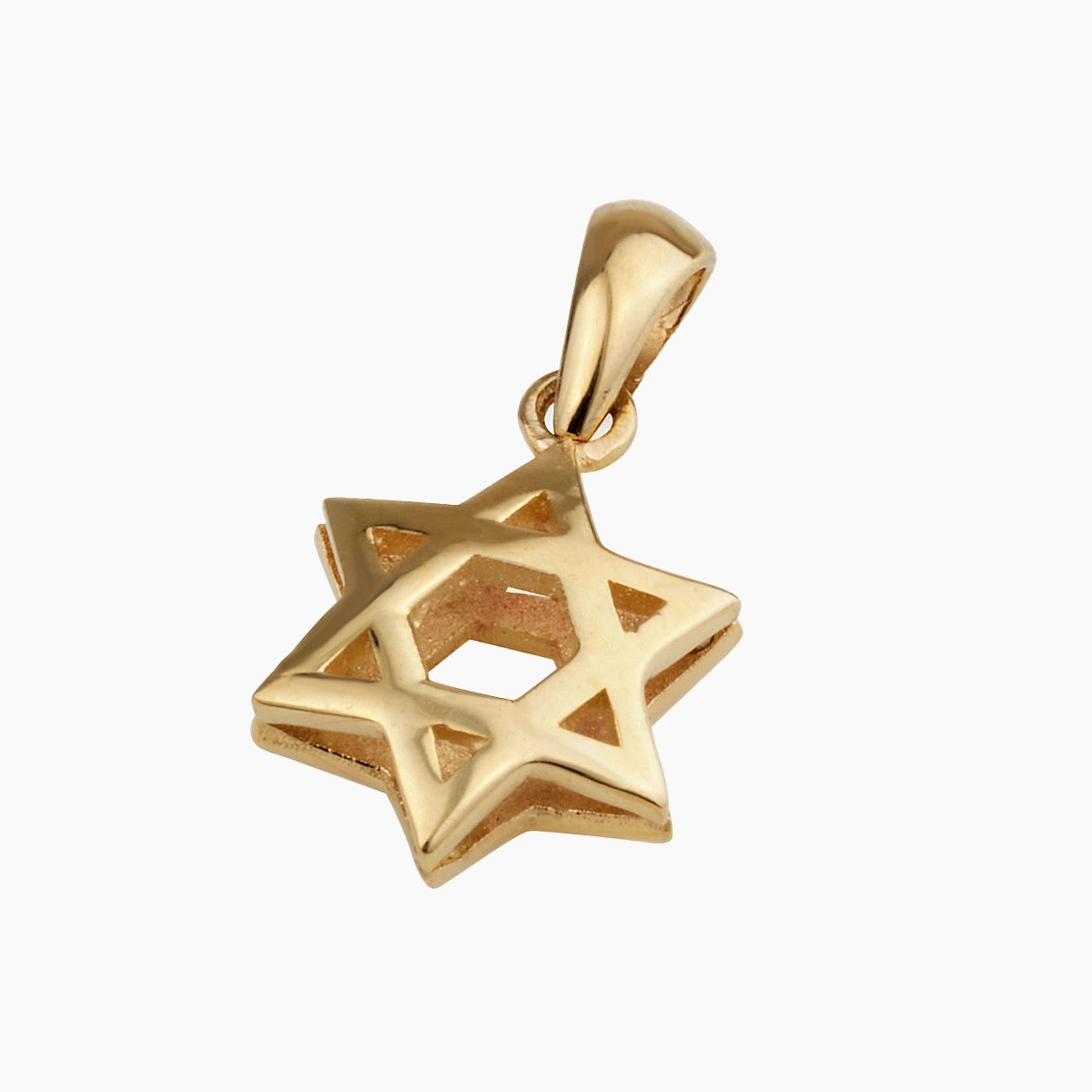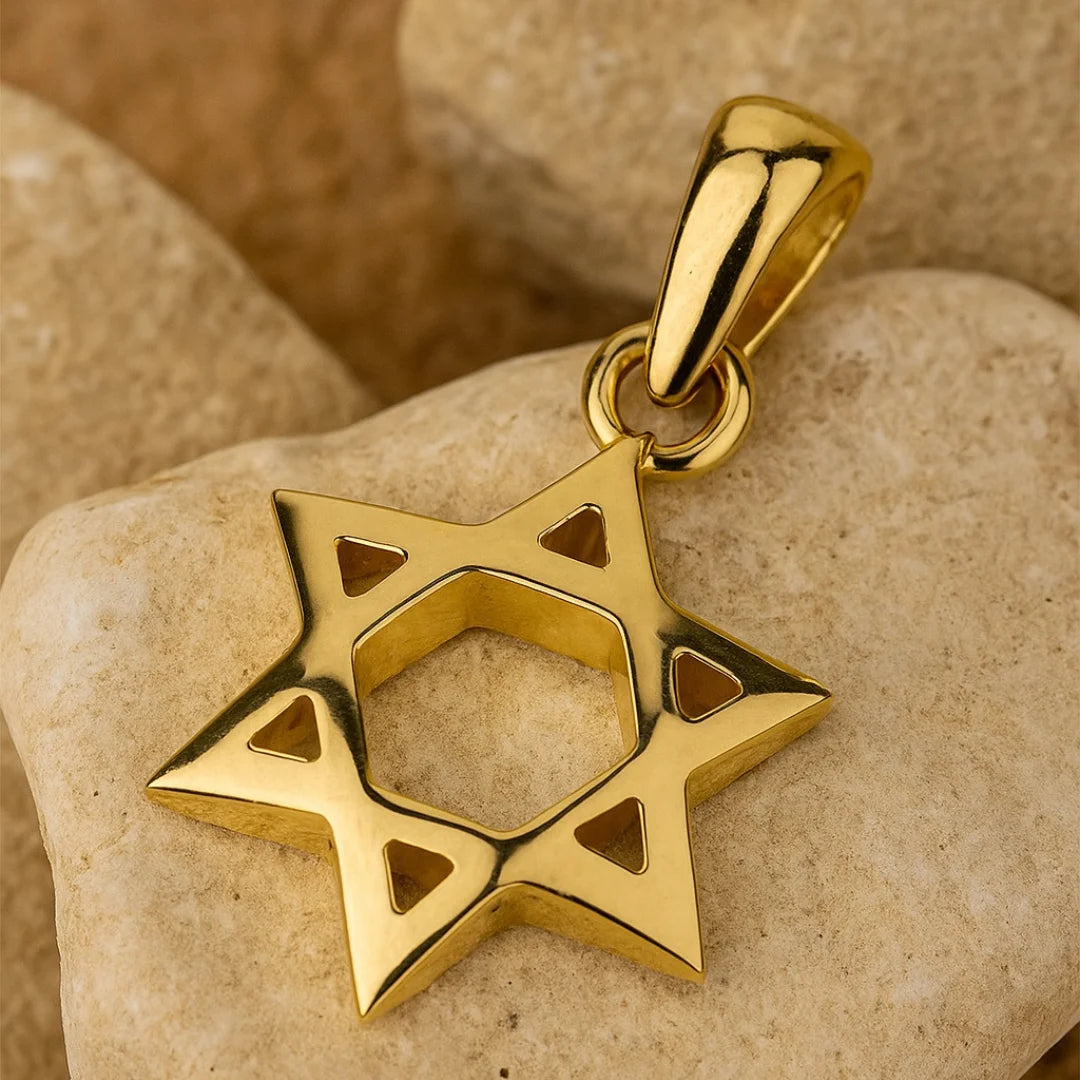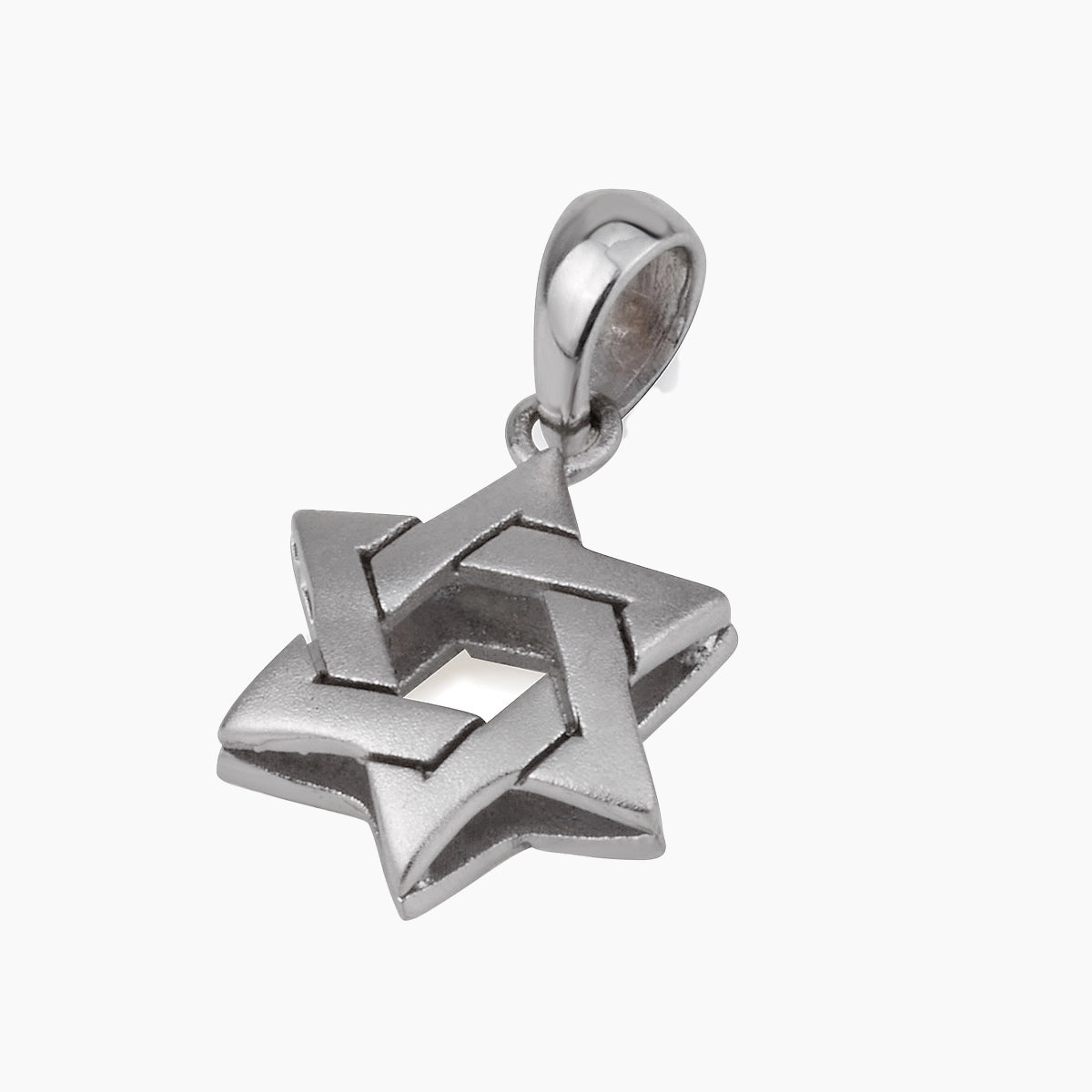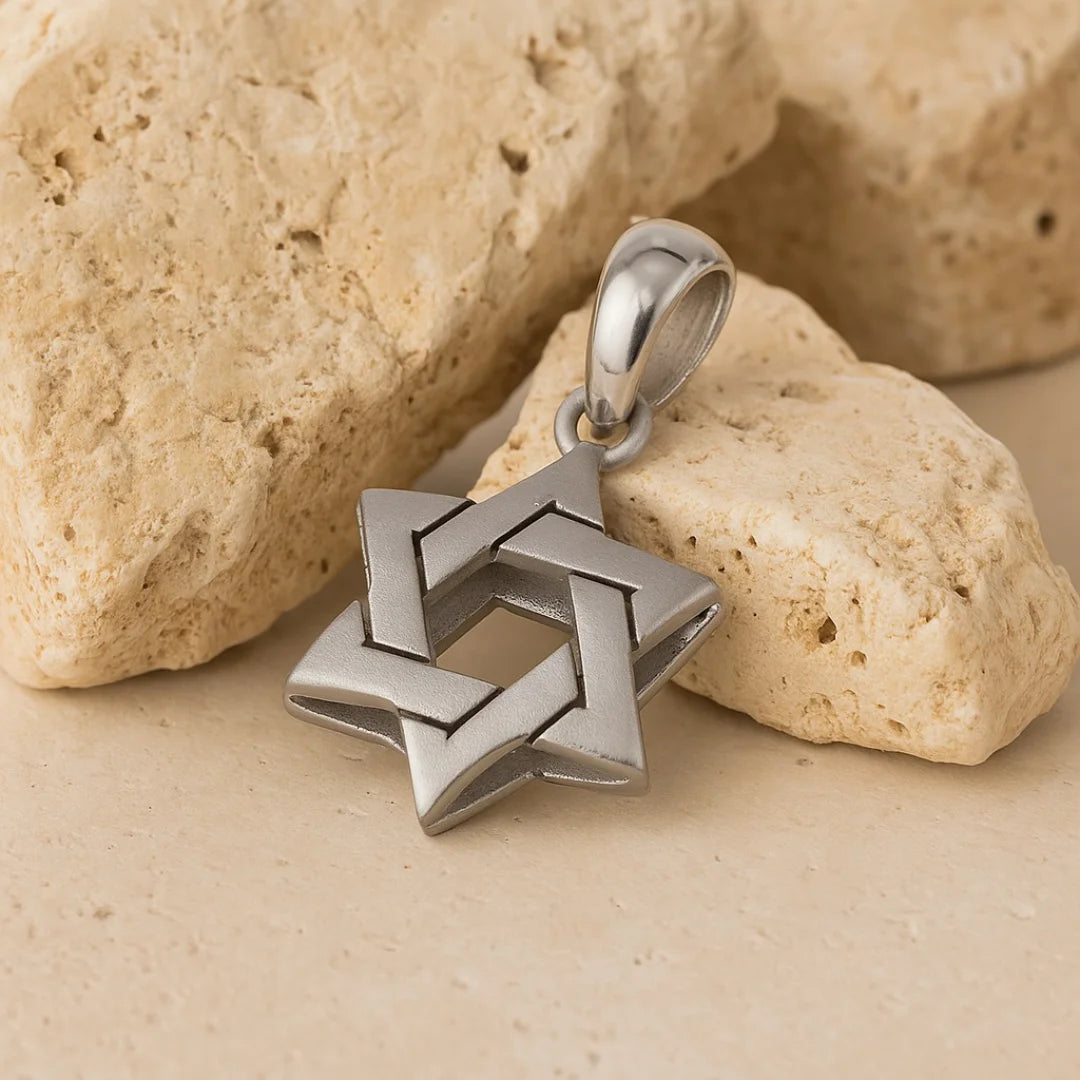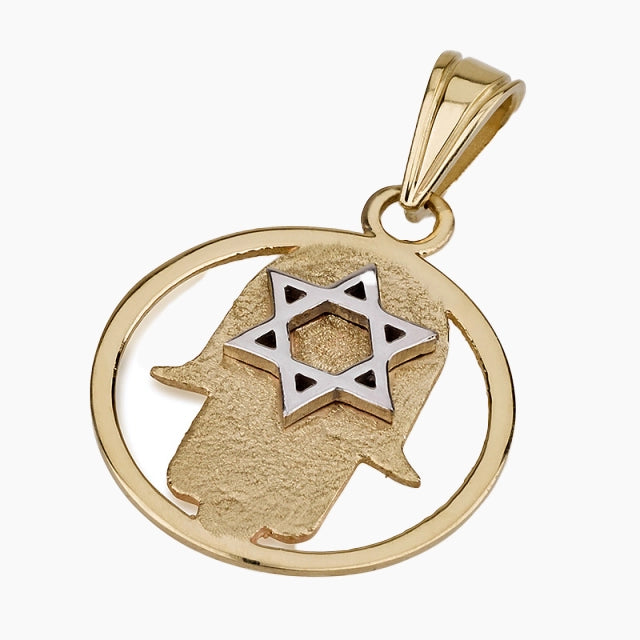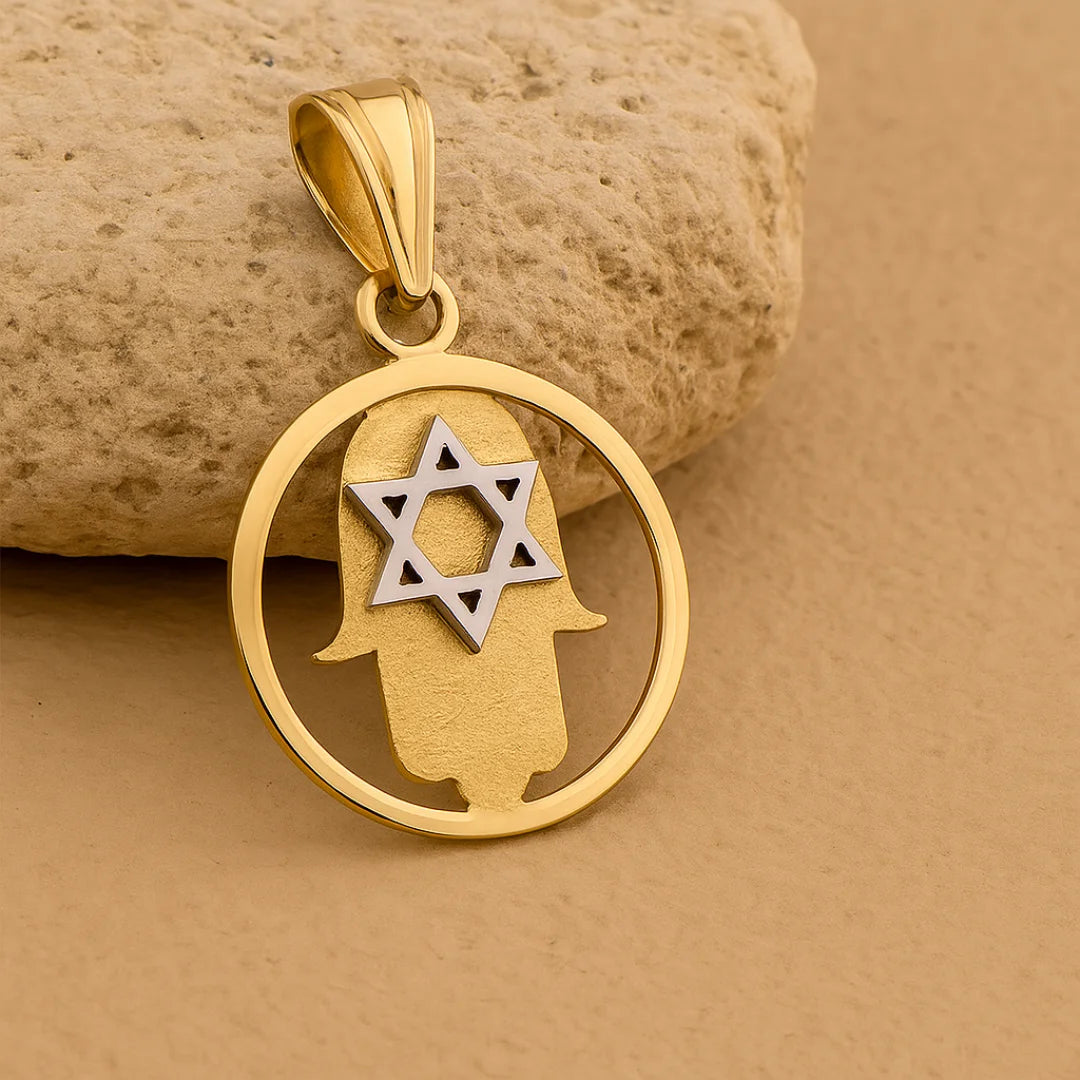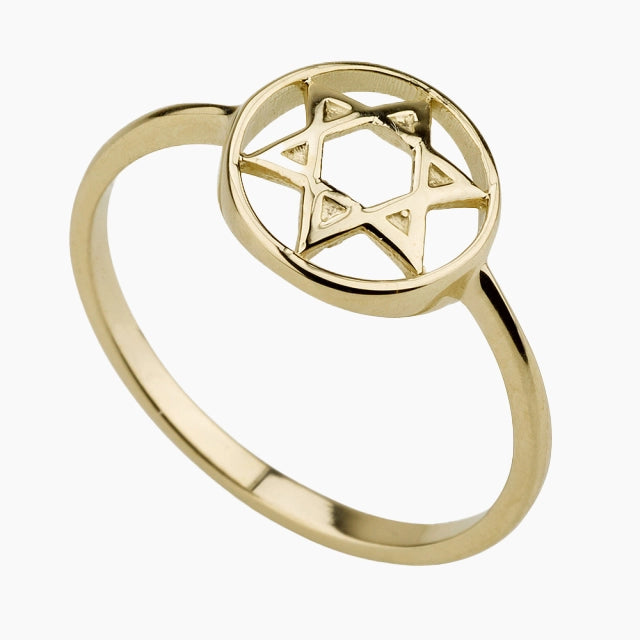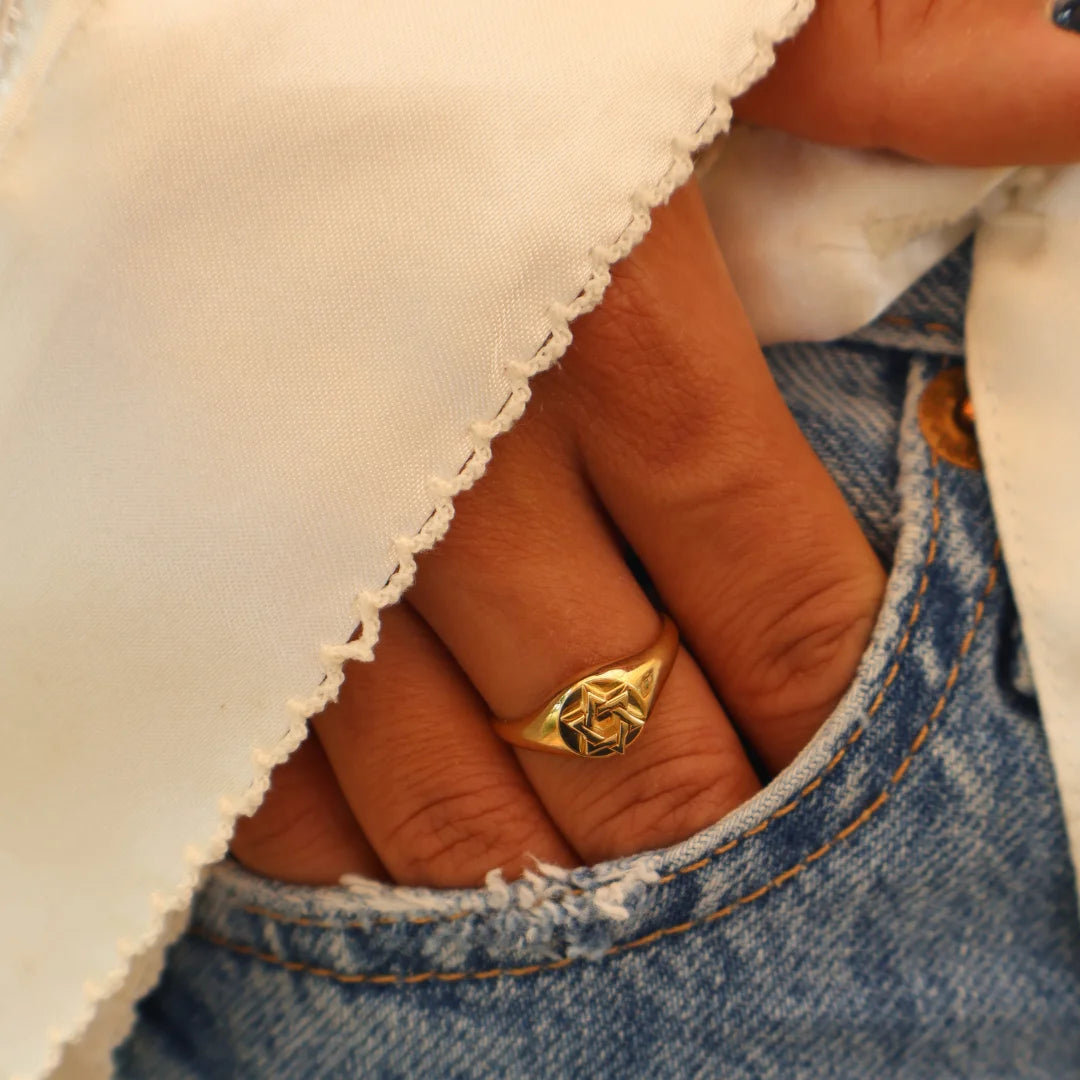
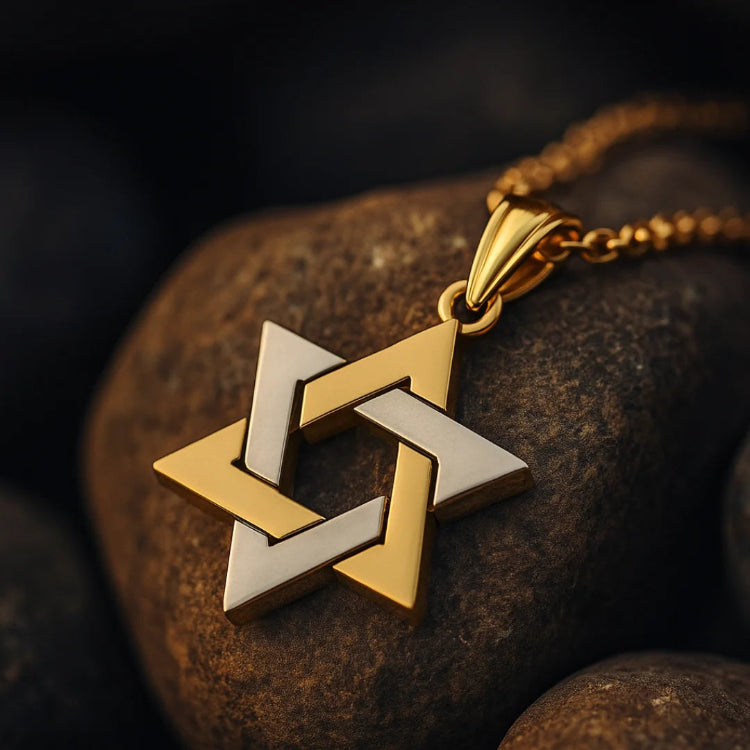
star of david
What is The Star of David? History, Meaning & Symbolism of The Jewish Icon
The Star of David, or Magen David in Hebrew, is the most prevalent symbol of Judaism. With its six-point shape, it's on synagogues, Jewish tombstones, the Israeli flag and in countless pieces of art and jewelry. But beneath the familiar form is a history more rich than a design.
For a few, the Star of David is a badge of faith and identity. For others, it brings to mind history, memories of pride and of struggle. It is a form that has been accepted, questioned and reinterpreted over centuries, but is still bright as a power symbol of Jewish existence.
In this post, we’ll explore where the Star of David came from, what it symbolizes and how it became such an important part of Jewish tradition. We’ll also look at the questions people often ask about it, from its origins to its meaning today.
The Origins of the Star of David
The Star of David, or Magen David, seems as old as the hills, yet its history is not as clear. The six-pointed star, or hexagram, has been employed in many cultures long before it is associated strongly with Judaism.
Early Uses of the Six-Pointed Star
The six-pointed star was used in ancient art and architecture throughout the Middle East, India and Europe. It was used as a design pattern or as a sign of balance and harmony. It was also used in some cultures as the symbol of the union of opposites: heaven and earth, spirit and matter.
For the Jews, the hexagram was initially employed in its recorded history not as a symbol of religion but as a decoration for manuscripts and buildings. Over time, the figure began developing other layers of symbolism and eventually became associated with Jewish identity.
Is the Star of David Found in the Bible?
Unlike the menorah, which is specifically detailed in the Torah, the Star of David does not appear in the Bible. Its connection with Judaism grew up later, by history and tradition no less than scripture. Some attribute it to King David, and see it as a protective "shield" (magen) brought onto the battlefield, although this is as much symbolic as historical.
The fact that it is not biblical is what makes the Jewish star's history so interesting: it is a symbol that was developed over centuries, shaped by the dreams and challenges as well as experiences of the Jewish people.
Historical Significance Through the Ages
The history of the Star of David as a simple design to a Jewish symbol is a long and complex one. It was not consistently the core Jewish symbol, but over time it became one of the most powerful and iconic symbols of Judaism.
It was used intermittently in ornamentation by Jewish people in the early centuries, but was not unique to Judaism. It appeared in other forms on ancient synagogue walls, gravestones and even coins. By the Middle Ages, however, the Star of David had become more integral to Jewish life. It was used as a protection symbol in some communities, written on amulets or sacred texts.
The Star of David in Medieval and Modern Times
By the 17th century, the Star of David was more established as a Jewish symbol, particularly in Europe. It was now to be found on walls of synagogues and Jewish flags. In the 19th and 20th centuries, it had become firmly established as a central Judaism emblem, along with the menorah.
Its history also carries suffering. During the Holocaust, Jews were forced to wear yellow stars, turning the religious symbol into one of persecution. But still in the midst of suffering, the Star of David endured. Today, it boldly emblazons the Israeli flag and Jewish communities throughout the world, a symbol of unity and identity.
What the Star of David Symbolizes
The depth and simplicity of the Star of David is that its symbol is simple yet deep. Even though it is just two triangles overlapping together to make a six-pointed star, people have found much symbolism in its form for centuries.
Meanings of the Six Points
Some interpret the six points as a representation of God's kingdom in all directions, north and south, east, west, and up and down. This understanding makes the star a representation of God's sheltering covering over the Jewish people. Others associate the six points with necessary virtues like faith, life, or oneness and consider the star a representation that reminds them that something higher keeps everything together.
Spiritual and Cultural Interpretations
Kabbalistic tradition generally interprets the Star of David as the joining together of opposites. The upper triangle is interpreted as reaching out towards the heavens, and the lower triangle points downwards toward the earth. They represent, collectively, God to man, spirit and material, prayer and secularism.
Apart from its religious connotation, the Star of David is also culturally significant. It is a symbol of belonging and pride and survival. Whether carved on synagogue walls or on jewelry, it is a reminder to Jews everywhere of their shared history and heritage.
The Star of David in Jewish Tradition
Over time, the Star of David became integrated into Jewish life. Despite not being mentioned in the Torah, it evolved to become a significant symbol appearing in places of worship, ritual and even personal style.
By the Middle Ages, the Jewish Star was on synagogue walls, prayer books and Torah covers. It became a ubiquitous design used along with Hebrew inscriptions. In Jewish homes, the star might be carved into mezuzot or embroidered into ritual cloth, reminding Jews of God's watchful protection and presence.

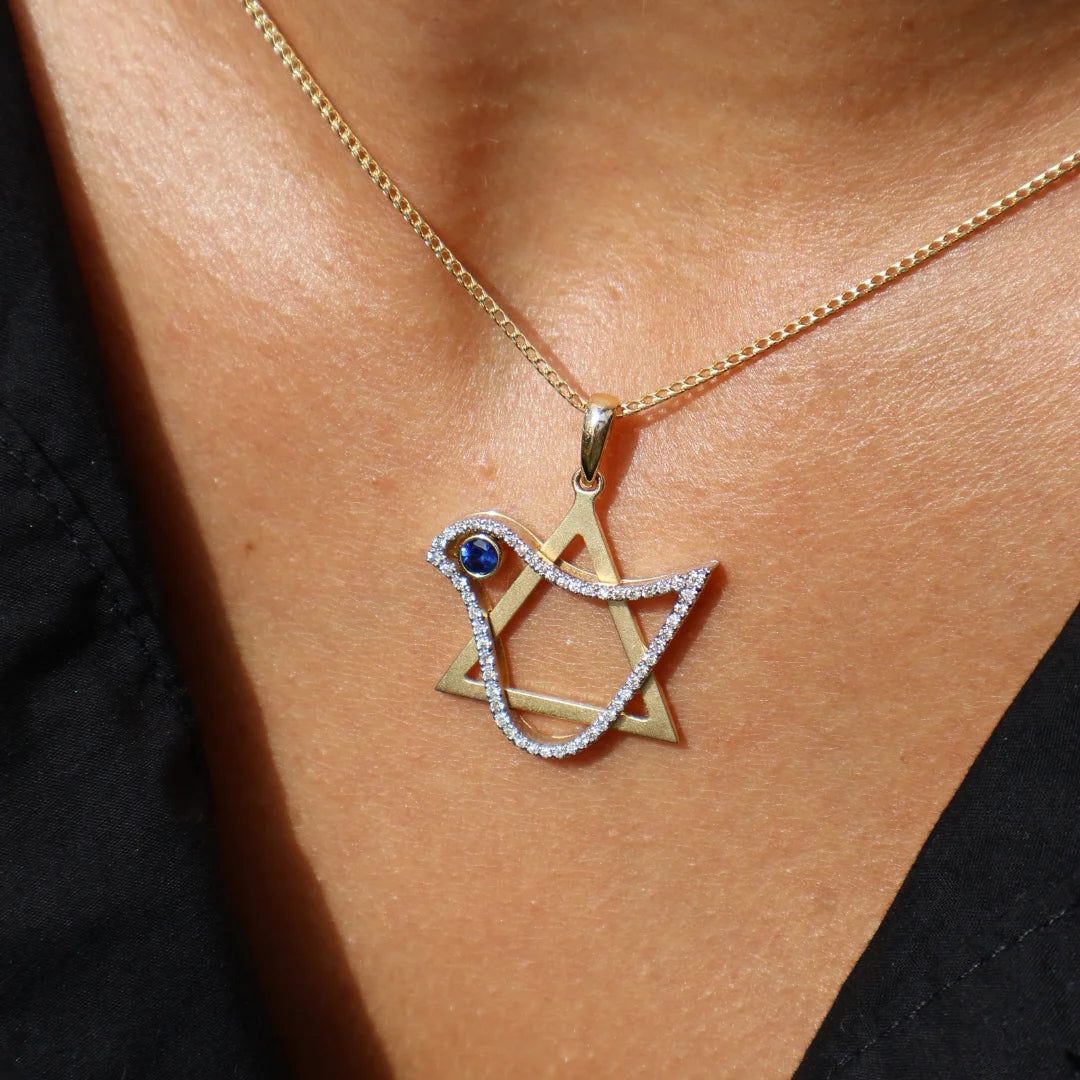
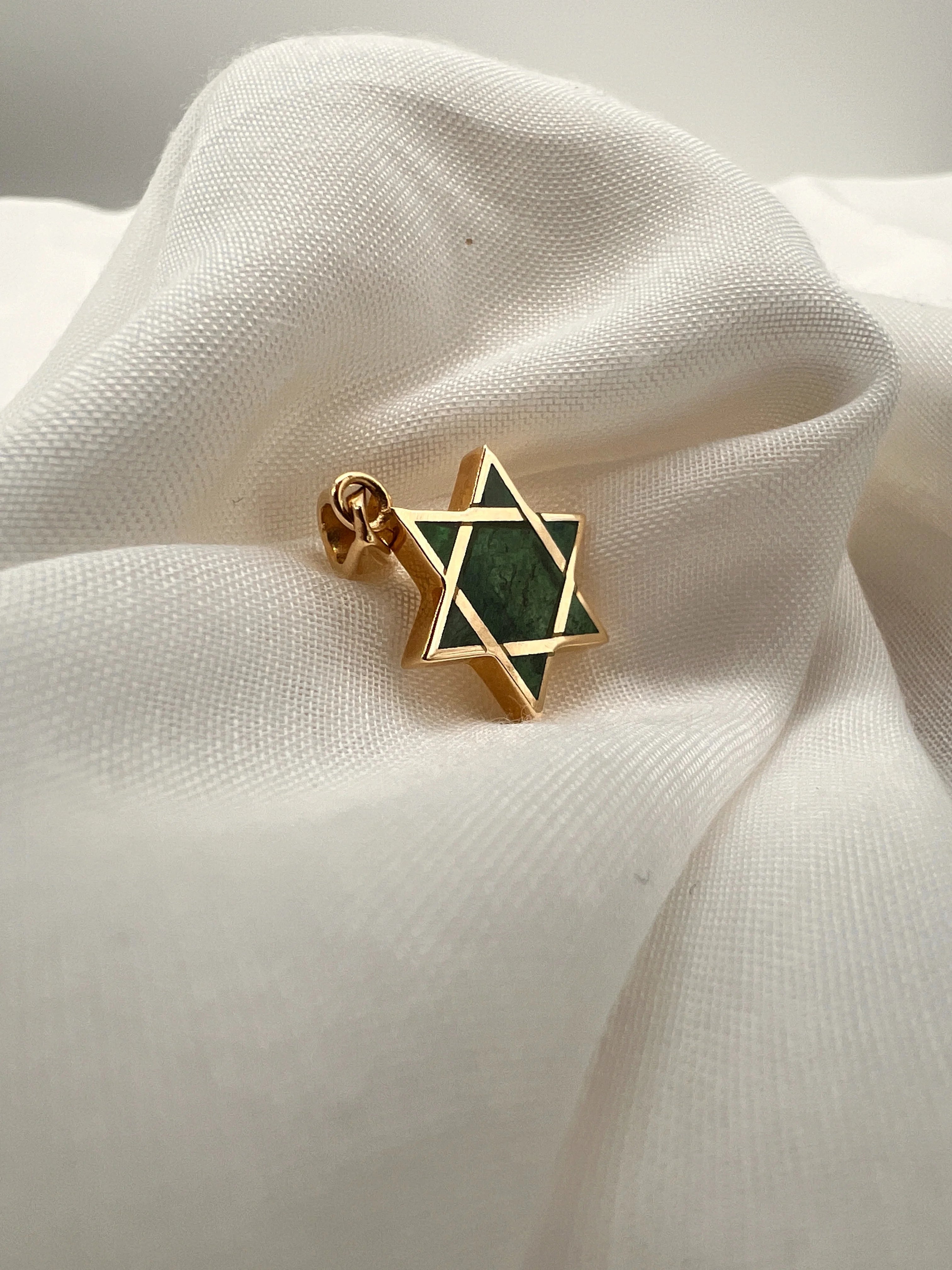
How It Became the Emblem of the Jewish People
In the modern age, particularly in the 19th century, the Star of David started to become the symbol of the Jewish people. People desired a symbol that was akin to the Christian cross or the crescent of Islam and the six-pointed star was that symbol. It found its place when it was adopted as the Zionist movement flag and then for the State of Israel.
And now, the David's Star is mundane and holy, viewed in synagogues, on flags, in art and as an item of jewellery worn close to the heart. It is a symbol each day of religion, survival and heritage of the Jewish story.
The Star of David in the Modern World
Today, the Star of David is a very visible and powerful Jewish symbol. It is recognized not only in Jewish communities but all over the world as a Judaism symbol and a sign of Jewish identity.
As a Symbol of Pride and Identity
To the vast majority of Jews, wearing or having the Star of David is an act of self-expression. On a necklace, synagogue wall or flag of Israel, the star signifies belonging to tradition, peoplehood and faith. It has also come to symbolize resilience, proving that despite centuries of challenge and persecution, Jewish identity cannot be shattered.
From Synagogue Walls to Jewelry and Art
Nowadays, the Star of David has transcended religious communities. Artists employ it in paintings and sculptures, designers turn it into jewelry and apply it to everything from architecture to cultural festivals. When used as jewelry, the Star carries a deep personal meaning: for some people, it is a reminder of their religion; for others, a reminder of heritage; and for others, an understated declaration of belonging.
The timelessness of the star lies in its ability to be old and new at the same time, an ageless design that never goes out of style through generations.
Featured collection
Star of David Jewelry
Frequently Asked Questions
The Star of David is also thought by many to be a protection symbol and symbol of unity. The six points are said to stand for God being present in all directions, north, south, east, west, above, and below. In Judaism, it also reminds them of heaven and earth and of God and the Jewish people being in unity.
Yes. While it means the most to Jews as a symbol of faith and identity, anyone who respects its symbolism can wear it. Many non-Jews wear the star as a symbol of identification with Jewish family members or friends or with the Jewish community in general.
The six-pointed star, or hexagram, is formed from two superimposed triangles. It represents balance, the union of the physical and spiritual, the divine and the human, in Jewish philosophy. In the entire globe, it has been considered a symbol of harmony and perfection.
People wear the Star of David for a number of reasons. For some, it is a symbol of religion and pride of being Jewish. For some, it is a way to feel secure or to carry a token of heritage close to the heart. Nowadays, it is also worn as a sign of strength and belonging.
The actual origin is not known. The six-pointed star was used in all cultures prior to its connection with Judaism. It was used mainly as a decoration originally, in works of art and architecture. Jewish people throughout history began using it as a protection and unity symbol and by the modern era, it had become an integral symbol of Jewish identity.
The Star of David is more than a shape, it is a story carried for centuries. From ancient embellishment to a symbol of rallying Judaism, it has come to be one of the most powerful symbols of religion, strength and identity.
Although it never was mentioned in the Bible, the star is today part of Jewish tradition and history. It was worn with pride, used in art and prayer and even turned into a symbol of suffering, but it survived and came back more powerful than ever before, now taking its place at the heart of Jewish life.
Today, inscribed on a synagogue wall, flying on the Israeli flag, or on jewelry close to the heart, the Star of David continues to bind past, present and future. It is a symbol which reminds of belonging, security and hope, a symbol which endures, generation to generation. people throughout history began using it as a protection and unity symbol and by the modern era, it had become an integral symbol of Jewish identity.

